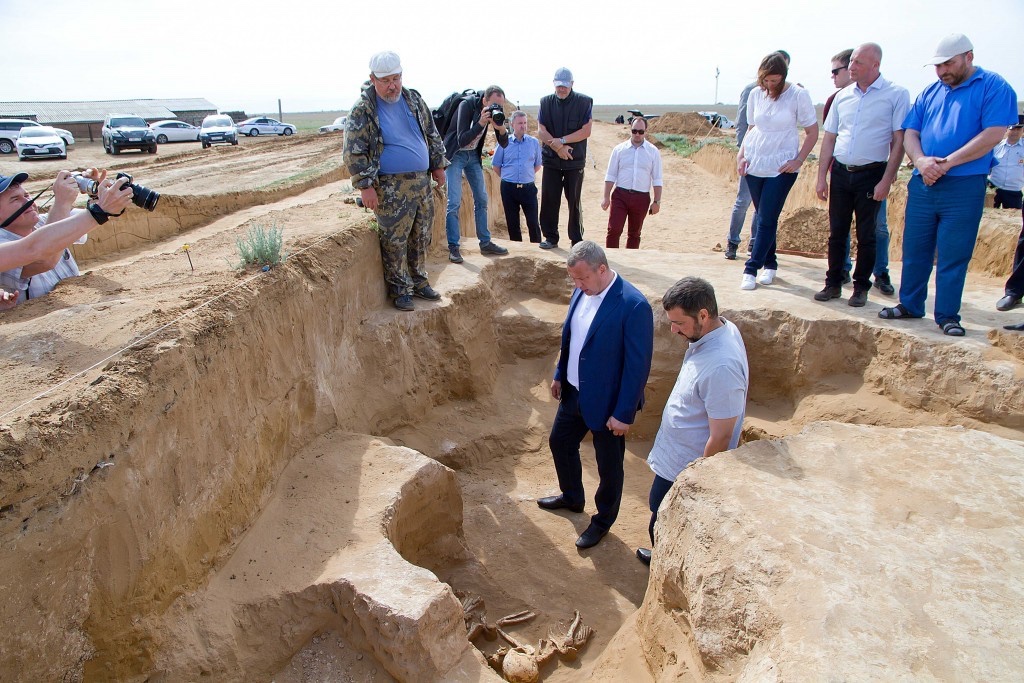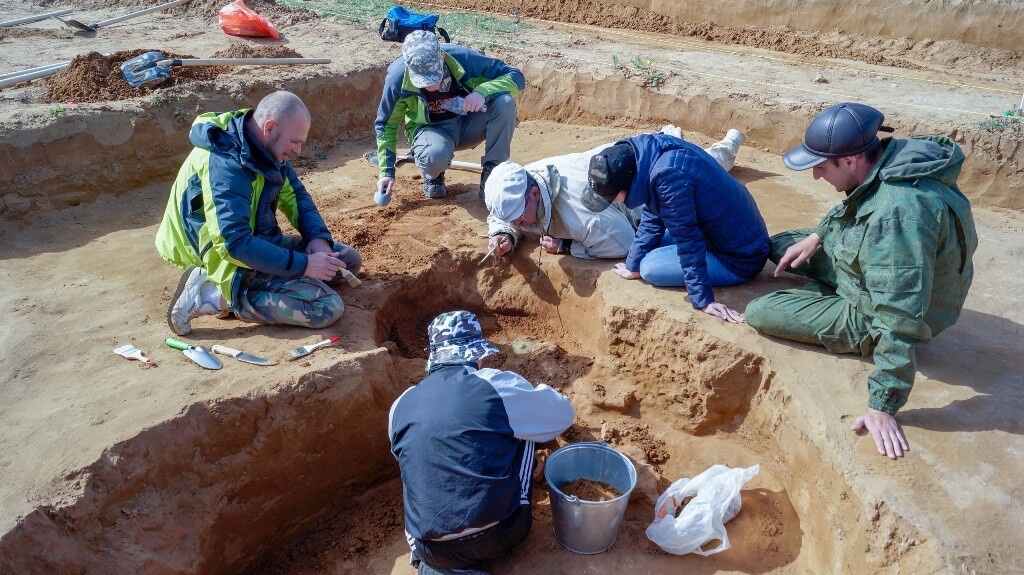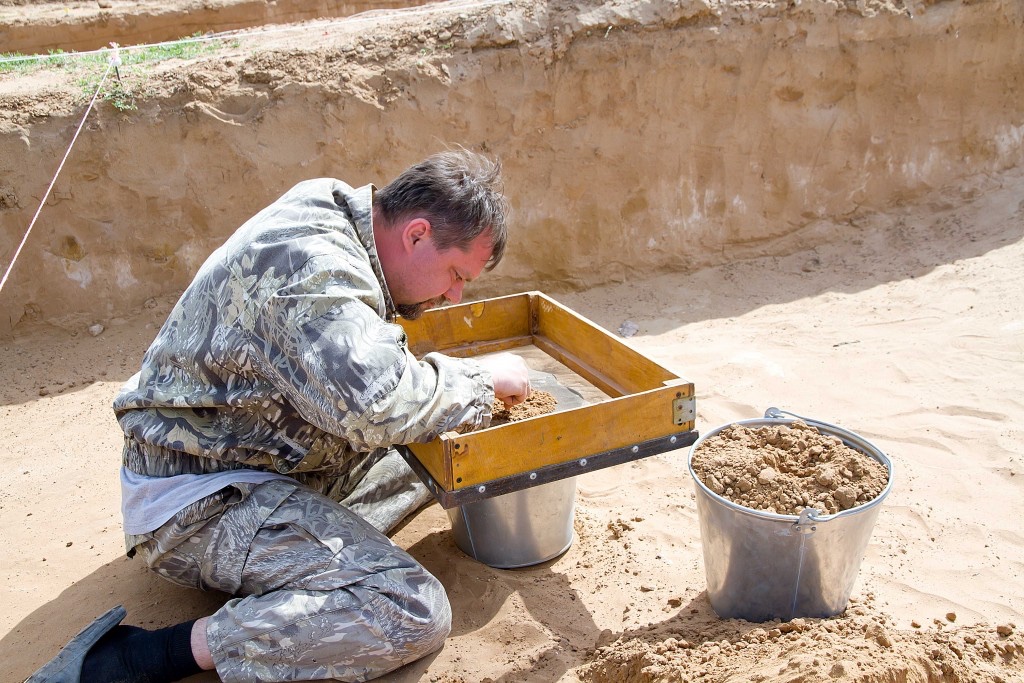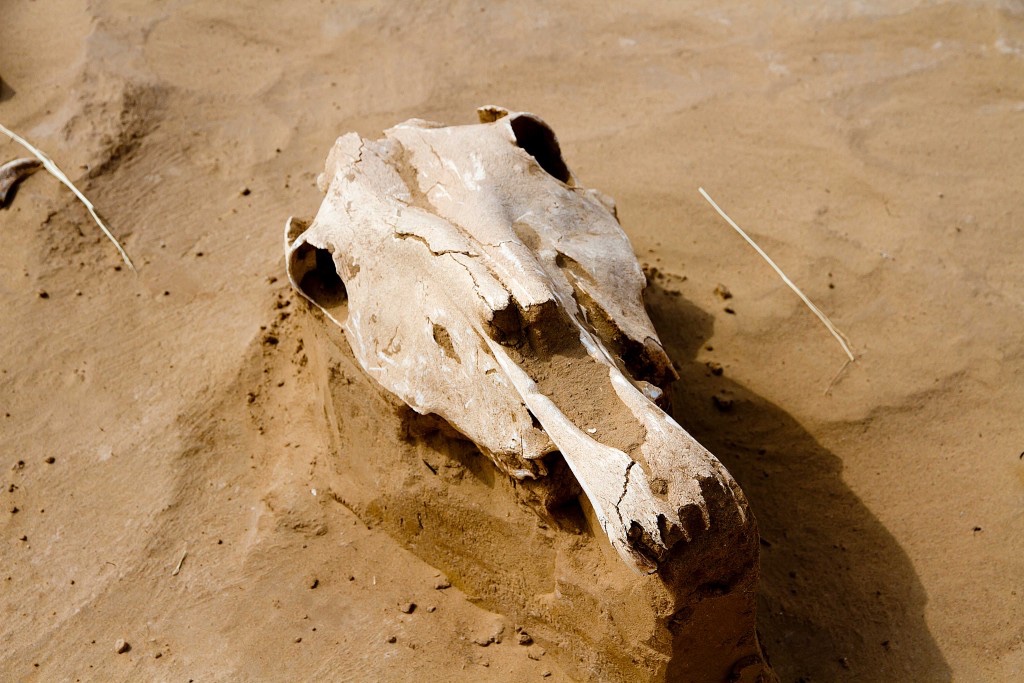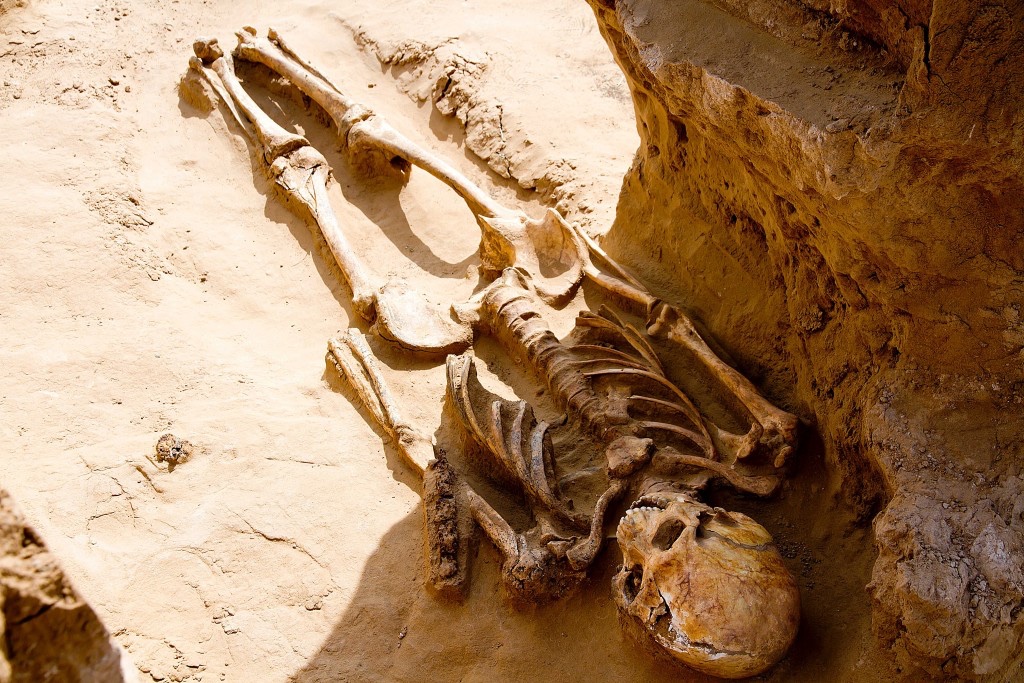Photos: Ancient burial of elite members of nomadic tribe
Bronze cauldron
A farmer named Rustam Mudayev discovered a burial mound called a kurgan while working in the village of Nikolskoye located northwest of the Caspian Sea in Russia. He was working when he came across this bronze cauldron. He reported the find to authorities. Inside the mound were three 2,500-year-old burials.
Related: Read more about the burial discovery
Gold jewelry
Archaeologists found the remains of jewelry, some made of gold, in the kurgan with the three skeletons.
Burial artifacts
Although the kurgan had been robbed in ancient times, many artifacts including weapons, gold jewelry and household items (such as the bronze cauldron) were still buried with the three skeletons.
Ancient metalwork
The three skeletons belonged to elite members of a group called the Sarmatians. This group flourished in southern Russia, eventually spreading into Eastern and Central Europe where they came into conflict with other ancient groups such as the Scythians, Romans and Goths. This photo shows an example of metalwork found in the kurgan.
Excavating a kurgan
A team led by Georgiy Stukalov, an archaeologist at the Astrakhan State Museum, excavated the kurgan, discovering the three 2,500-year-old skeletons inside the remains of wooden coffins.
Sifting for treasure
A member of the team sifts the dirt from the kurgan, searching for archaeological remains.
Get the world’s most fascinating discoveries delivered straight to your inbox.
Horse head
The team also found the head of a horse, along with the remains of a horse harness, near one of the skeletons.
Cause of death?
One of the three skeletons is seen here. Archaeologists don't yet know the gender and ages of the individuals buried in the kurgan. They also aren't sure how the individuals died so long ago.
Originally published on Live Science.

Owen Jarus is a regular contributor to Live Science who writes about archaeology and humans' past. He has also written for The Independent (UK), The Canadian Press (CP) and The Associated Press (AP), among others. Owen has a bachelor of arts degree from the University of Toronto and a journalism degree from Ryerson University.




